Cairo

The heart of Egypt for more than 1000 years, Cairo demonstrates the dichotomy of all things Egyptian. It's in Cairo where the medieval world and the contemporary western world come together in a confusion of earthen houses and towering modern office buildings, of flashy cars and donkey-drawn carts. Nobody really knows how many people live in Cairo, but estimates put it at about 16 million, and the city's many squatter camps and slums alone accommodate around 5 million people. Housing shortages are terrible and the traffic is appalling, but the government has begun a campaign to ease these pressures, opening an underground metro system and constructing satellite suburbs.
An ancient tell of 1001 Nights, "He who have not seen Cairo, have not seen the world" Islamic Cairo (which is no more Islamic than the rest of the city) is the old medieval quarter, and stepping into its neighborhoods is like moving back six or seven centuries. This is the most densely populated area of Egypt, and probably the whole Middle East. Districts like Darb al-Ahmar are full of tiny alleyways, mud-brick houses, food hawkers, and goats, camels and donkeys. The streets are lined with mosques and temples, and the air is filled with the pungent smells of turmeric and cumin, animals and squalor.
The Egyptian Museum
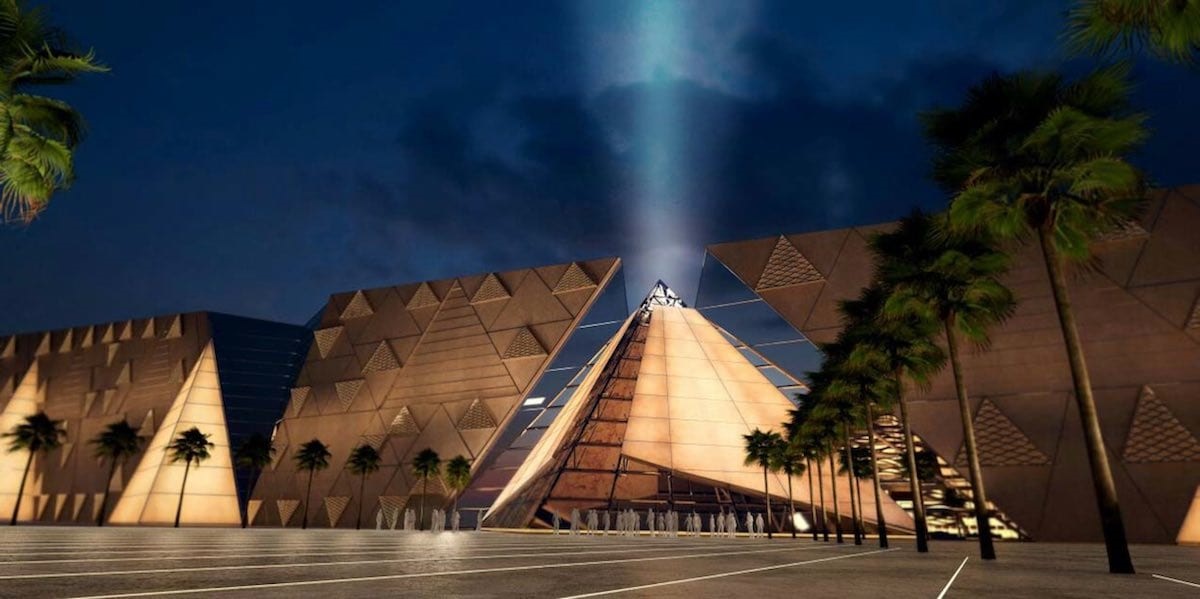
The Egyptian Museum was built in 1897 and finished in 1901, in the neo-classical style by the French architect Marcel Dourgnon and it is home to the most extensive collection of pharaonic antiquities in the world. It has 136,000 items on display, with many more hundreds of thousands in its basement storerooms.
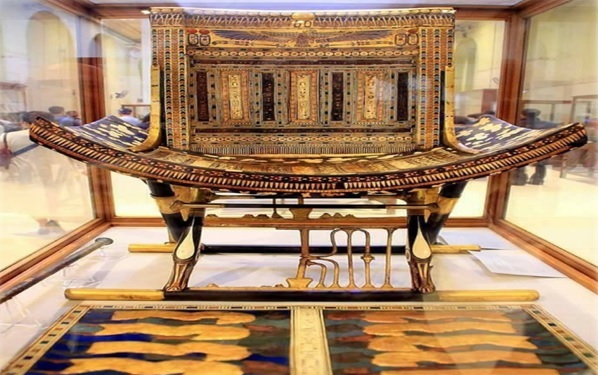
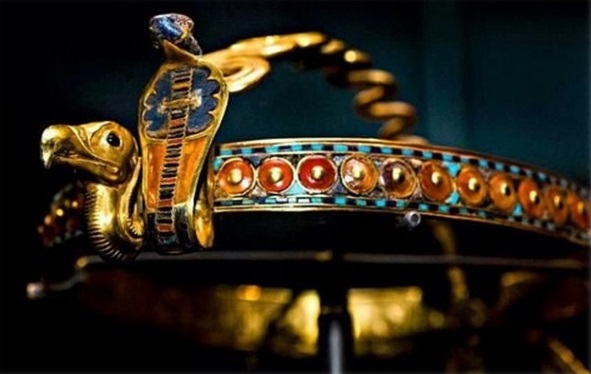
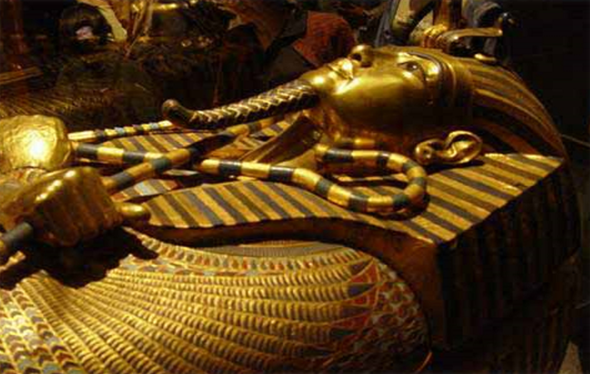
Islamic Cairo & Citadel

Islamic Cairo is a very old area, surrounded by walls dating from the middle-ages, and was once the cultural, religious and intellectual center of the entire Arab world. Monumental buildings, palaces, many famous mosques and religious schools, numerous markets and the oldest university in the world (Al-Azhar) still stand witness to a glorious past.

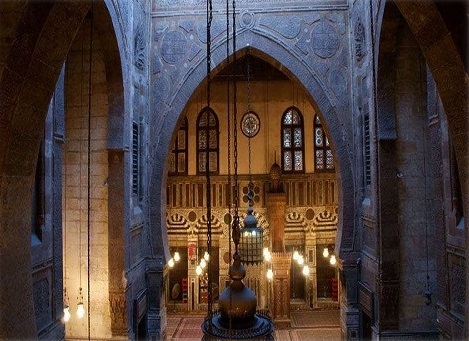
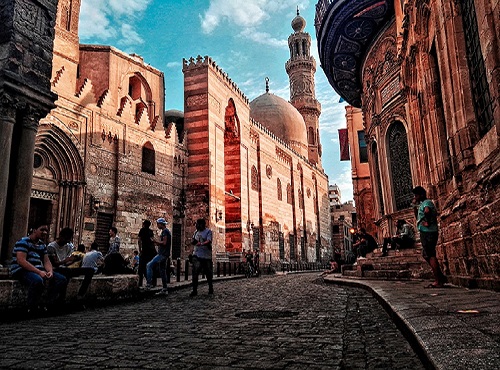
Coptic Cairo

Old (Coptic) Cairo (Masr al-Qadima), The oldest part of Cairo, and predates what is now modern Cairo. It is believed that there was a settlement here as early as the 6th century BC. Later, the Romans built a fortress here which we know today as "Babylon", some of these roman walls still exist today, The area consists of the Coptic museum and also contains gardens and courtyards and the area is surrounded by old Coptic churches.


